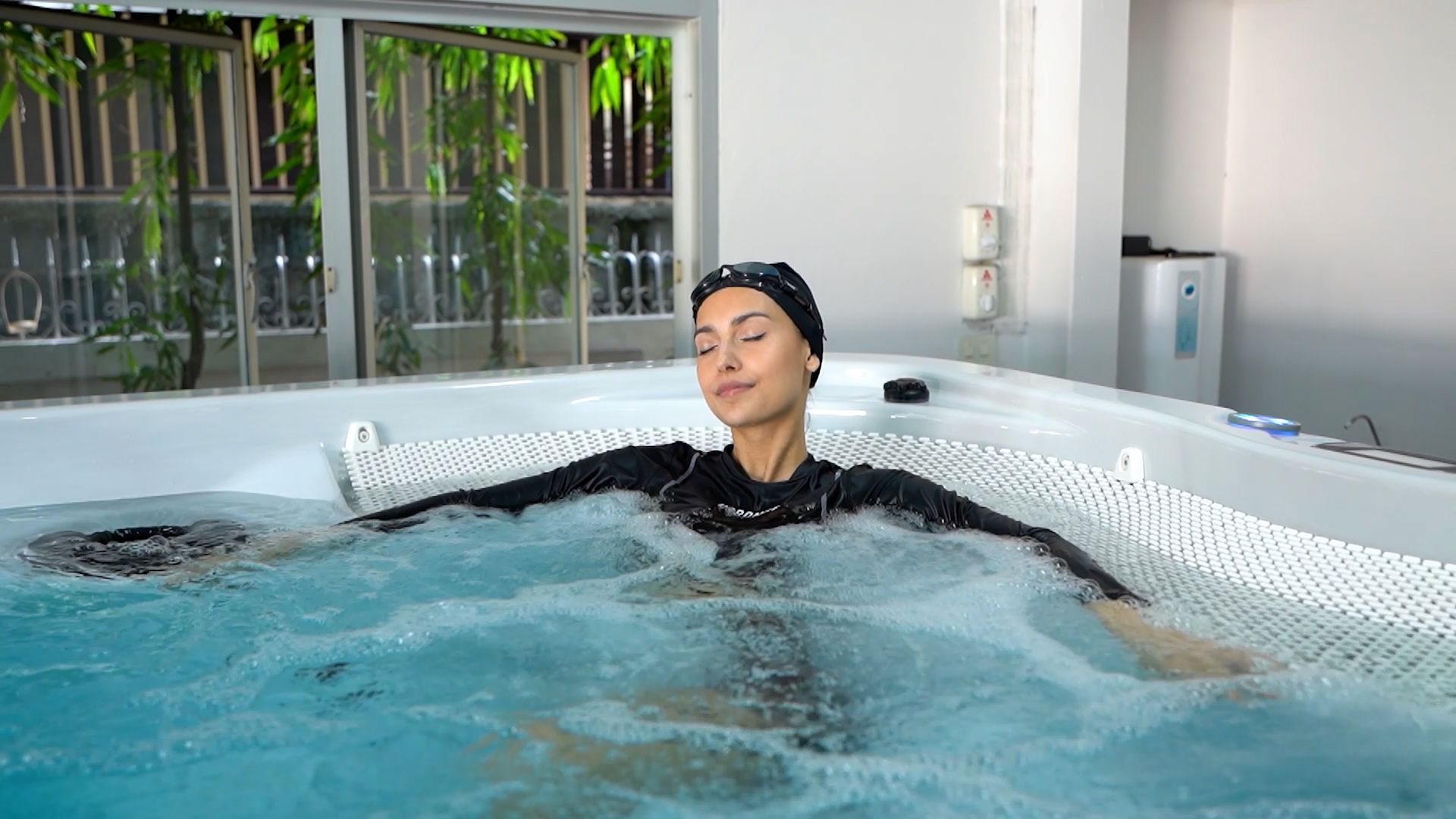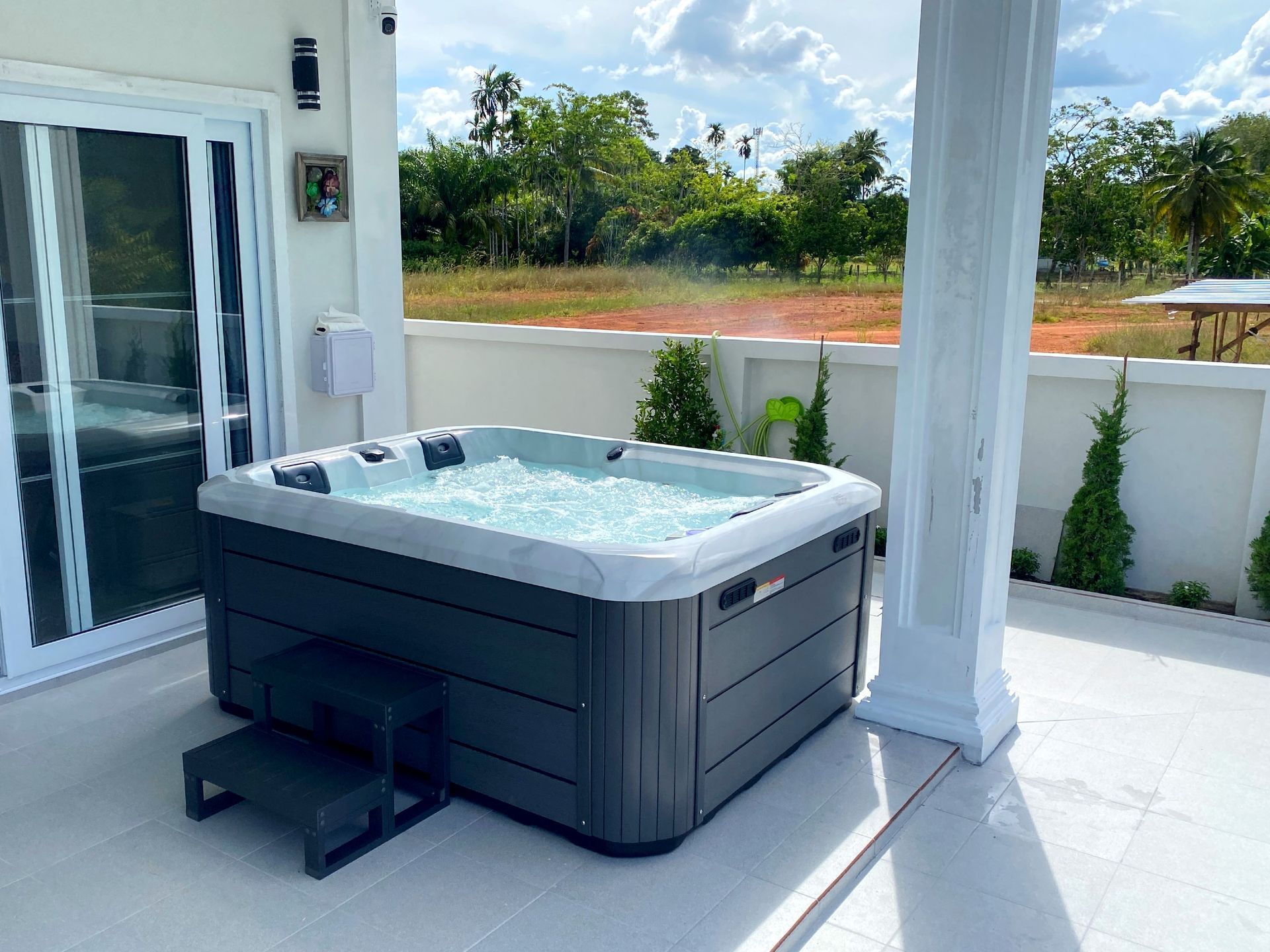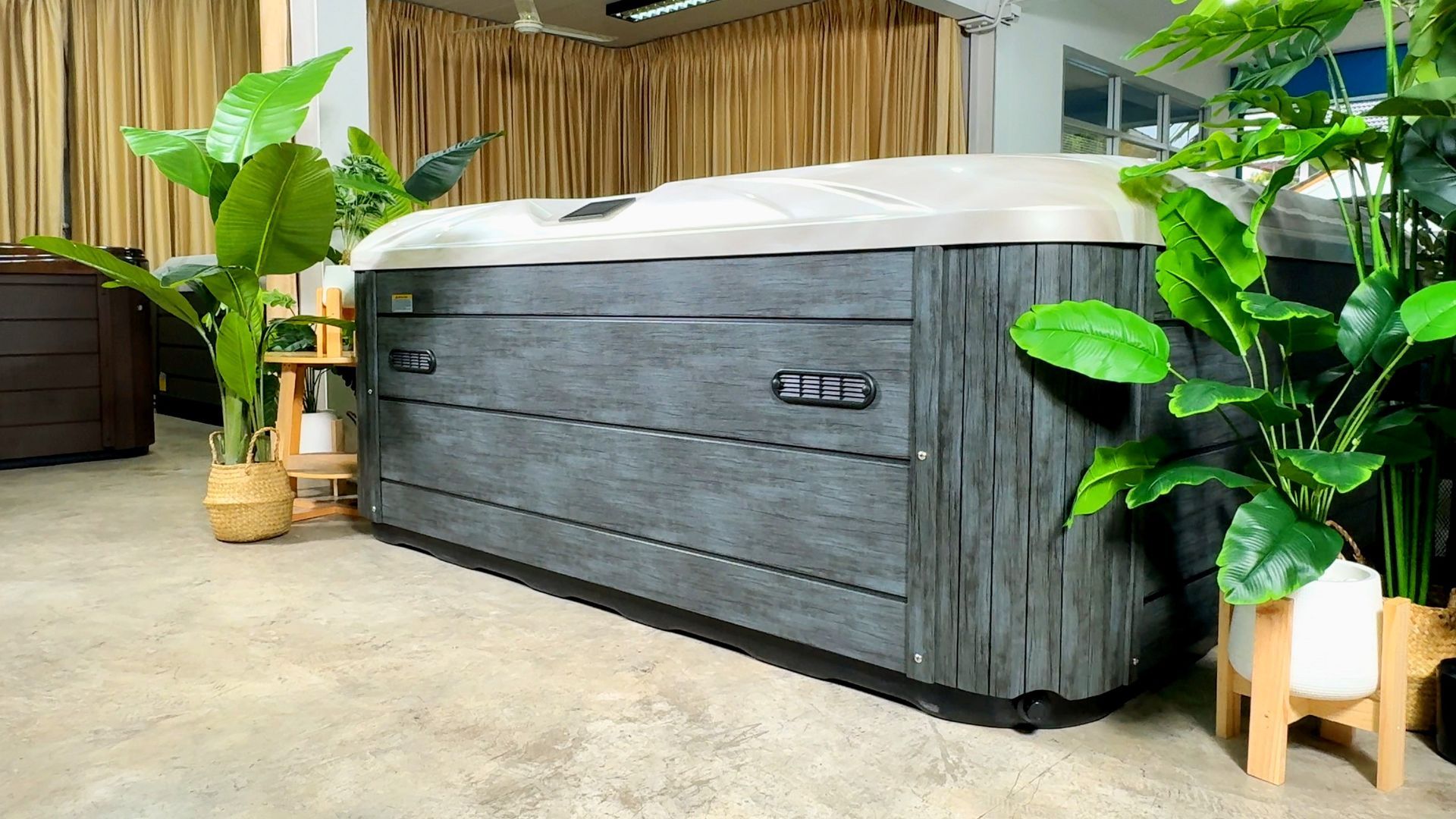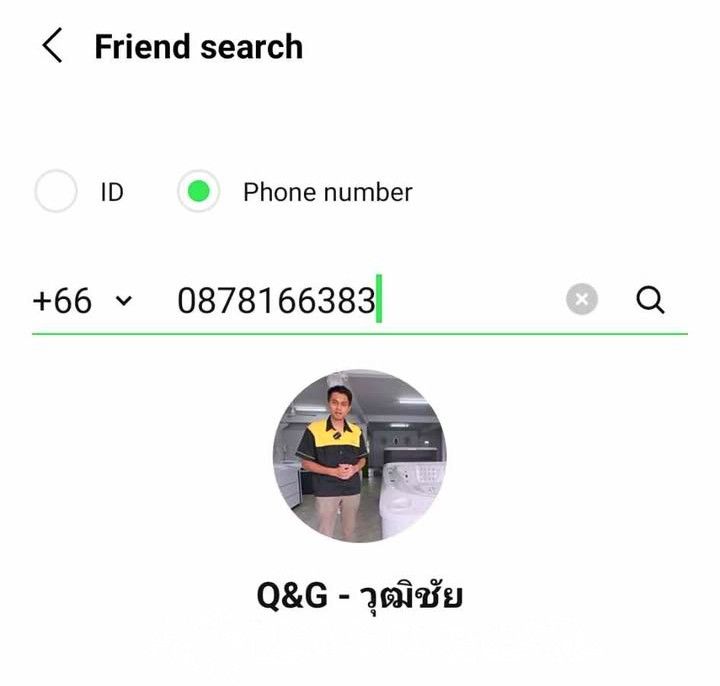Hot or Cold Water Therapy After Exercise: Should You Soak Before or After a Workout?
Hot and Cold Water Therapy for Exercise Recovery: What You Need to Know
When it comes to workout recovery, many people wonder about the best way to use hot tubs, warm baths, or cold-water immersion. Questions often asked include:
- Does soaking in hot water really help if I exercise regularly?
- Should I use hot water before or after a workout?
- If I don’t exercise often and feel sore afterward, can a hot soak ease the pain?
The truth is, both hot-water therapy and cold-water immersion can play an important role in recovery. But to gain the full benefits, timing is everything.
Cold First, Hot Later: The Golden Rule of Recovery
Experts often recommend the principle of “cold first, hot later.”
- Cold-water immersion immediately after exercise helps reduce inflammation, muscle soreness, and fatigue.
- Hot-water therapy after cooling down promotes circulation, restores joint mobility, and helps the body relax.
This sequence not only prevents muscle stiffness but also accelerates recovery, making it especially valuable for athletes and fitness enthusiasts.
Benefits of Hot Water Before Exercise
Soaking in hot water before a workout, especially in cooler weather, helps prepare the body for physical activity. Benefits include:
- Increased blood flow to the muscles
- Improved flexibility and range of motion
- Reduced risk of injury
A short soak of 5–10 minutes is usually enough. You should stay in the water until you break a light sweat, and remember to drink plenty of fluids to avoid dehydration.
Benefits of Cold Water After Intense Exercise
When you push your body hard—such as during running, marathon training, weightlifting, or HIIT workouts—the muscles produce lactic acid. Excess lactic acid contributes to soreness, fatigue, and reduced muscle efficiency.
Cold-water therapy helps by:
- Flushing out lactic acid and waste products
- Reducing inflammation and muscle swelling
- Improving blood circulation and oxygen delivery
- Preventing long-term joint and muscle damage
For athletes, this makes cold-water immersion an essential part of recovery.
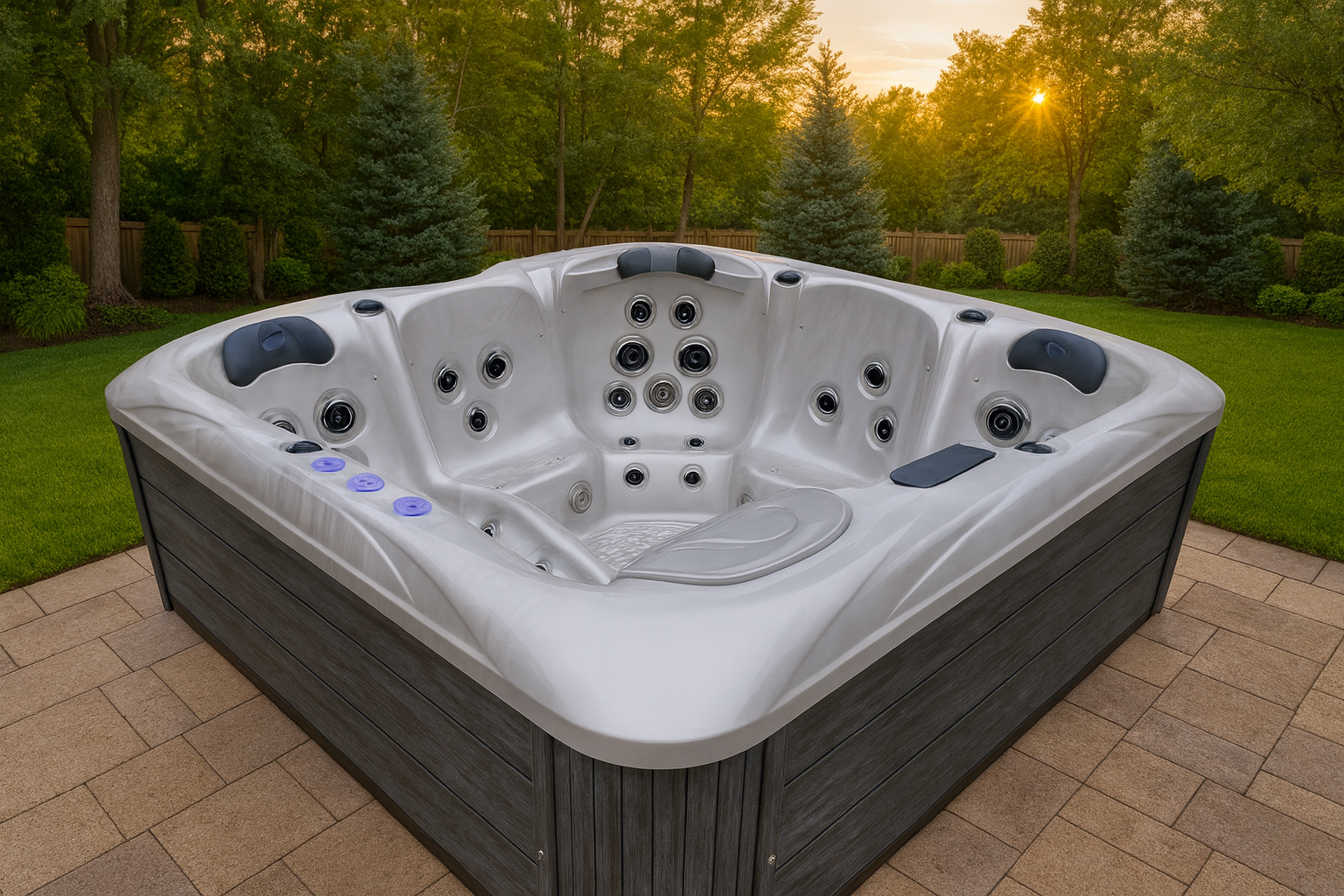
Hot Water After Cooling Down
Once your body has had time to cool down and your heart rate has normalized, soaking in a hot tub or warm bath brings additional benefits:
- Relieves muscle tension and stiffness
- Reduces pain in tendons and ligaments
- Improves blood circulation and nutrient delivery to tissues
- Promotes overall relaxation and stress relief
For most people, 10–15 minutes in water between 35–40°C (95–104°F) is ideal. Staying submerged up to chest level allows your body to release excess heat while still enjoying the soothing effects.
Key Takeaways
- Use cold water immediately after exercise to reduce soreness and inflammation.
- Use hot water later to improve circulation, joint mobility, and relaxation.
- Keep sessions short (10–15 minutes) and stay hydrated.
- For best results, always cool down properly with light stretches before hot-water immersion.
Final Thoughts
Hot and cold-water therapies are simple yet powerful tools for post-workout recovery. Whether you’re a casual gym-goer or a dedicated athlete, following the right sequence—cold first, hot later—can help you recover faster, prevent injuries, and feel more energized for your next workout.
- If you’ve discovered additional tips for preventing soreness or enhancing recovery, share them—because the best fitness journeys combine knowledge, practice, and community.
Relax, recover, and refresh. Explore outdoor hot tubs today to ease muscle soreness, boost circulation, and enjoy the ultimate post-workout therapy.
QandGTub.com



